The composer shares how she acquired her instrument in a story of musical currency and knowledge exchange

Discover more Featured Stories like this in The Strad Playing Hub
The Strad has published no shortage of stories about instruments that have fetched eye-watering sums. The 1741 ‘Vieuxtemps’ Guarneri ‘del Gesù’ violin sold for a staggering $16 million in 2013, while more recently in 2022, the 1714 ‘da Vinci, ex-Seidel’ Stradivari violin sold for over $15 million.
Granted, these instruments were crafted by master luthiers of the Cremonese violin making tradition, which, along with formerly being in the hands of renowned performers and collectors, plus the rarity of such instruments, vastly contributes to their high value.
Composer Anna Clyne’s experience of acquiring her violin certainly provides a contrast among stories of these highly priced instruments. In 2008, Clyne was in an Oxfam charity shop in Oxford, browsing through donated vinyl and CDs, when she noticed a dusty violin case in the corner of the room.
She opened up the case to discover a violin inside. ’It didn’t have a bridge or any strings, and it looked a little beaten up,’ she recalls. What was remarkable to her was the violin’s scroll, which portrays a lion’s head with its tongue sticking out.
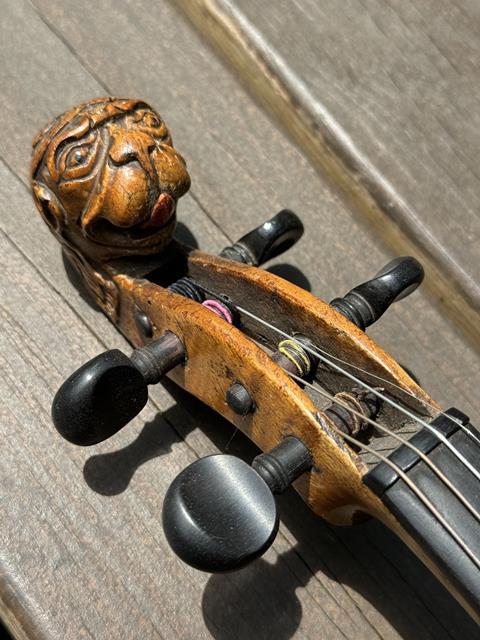
Priced at £5.99, Clyne was quick to snap up this bargain and took the violin to Bruno Guastalla, a violin maker who owns Oxford Violins. Gustalla informed Clyne that it would cost £100-200 to repair, which she did not have, so she opted to take the unrepaired violin back to New York City, where she was living at the time.
Later, Clyne received a message from Guastalla on social media, saying he had heard her music and offered to exchange repair of the violin for composition lessons. ‘Of course, I’d be delighted to do that,’ she replied.
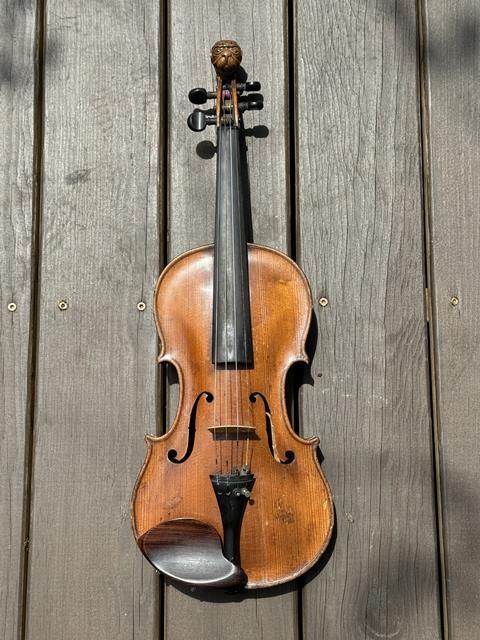
The next time Clyne was in the UK, she dropped off the violin for repair with Guastalla, and the two embarked on a knowledge exchange of composition lessons. Once the violin was fully repaired and Clyne was back in New York, she decided she wanted to learn how to play the instrument. Clyne, having previously played the cello, reached out to violinist Cornelius Dufallo, for another exchange: this time violin lessons in exchange for a new violin work.
The resulting composition was Blue Hour, written by Clyne for Dufallo and his violinist wife, Amy Kauffman. The work then expanded into a suite of seven pieces called The Violin, which was subsequently recorded in 2012 by VIA Records and published by Boosey & Hawkes.
’This is an example of currency for musicians where there’s no money,’ says Clyne.
Do you have an interesting story of how you acquired your instrument? Let us know! Email thestrad@thestrad.com
All violin photos courtesy Anna Clyne
Read: Premiere of the Month: Anna Clyne on her new violin concerto
Read: 7 tips for carving a scroll
Discover more Featured Stories like this in The Strad Playing Hub
The number one source for playing and teaching books, guides, CDs, calendars and back issues of the magazine.
In The Best of Technique you’ll discover the top playing tips of the world’s leading string players and teachers. It’s packed full of exercises for students, plus examples from the standard repertoire to show you how to integrate the technique into your playing.
The Strad’s Masterclass series brings together the finest string players with some of the greatest string works ever written. Always one of our most popular sections, Masterclass has been an invaluable aid to aspiring soloists, chamber musicians and string teachers since the 1990s.
American collector David L. Fulton amassed one of the 20th century’s finest collections of stringed instruments. This year’s calendar pays tribute to some of these priceless treasures, including Yehudi Menuhin’s celebrated ‘Lord Wilton’ Guarneri, the Carlo Bergonzi once played by Fritz Kreisler, and four instruments by Antonio Stradivari.

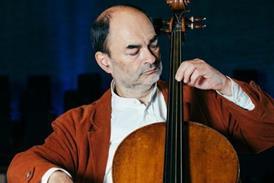
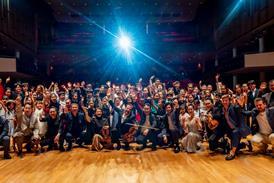
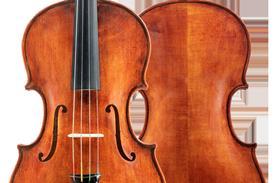


































3 Readers' comments